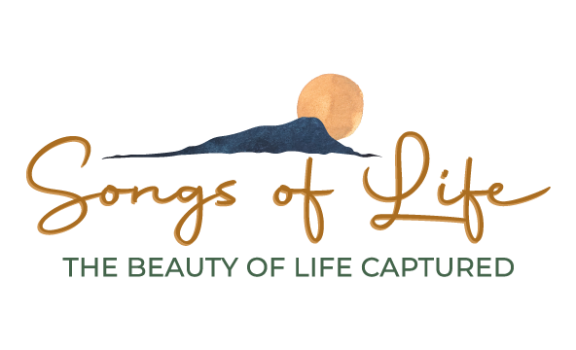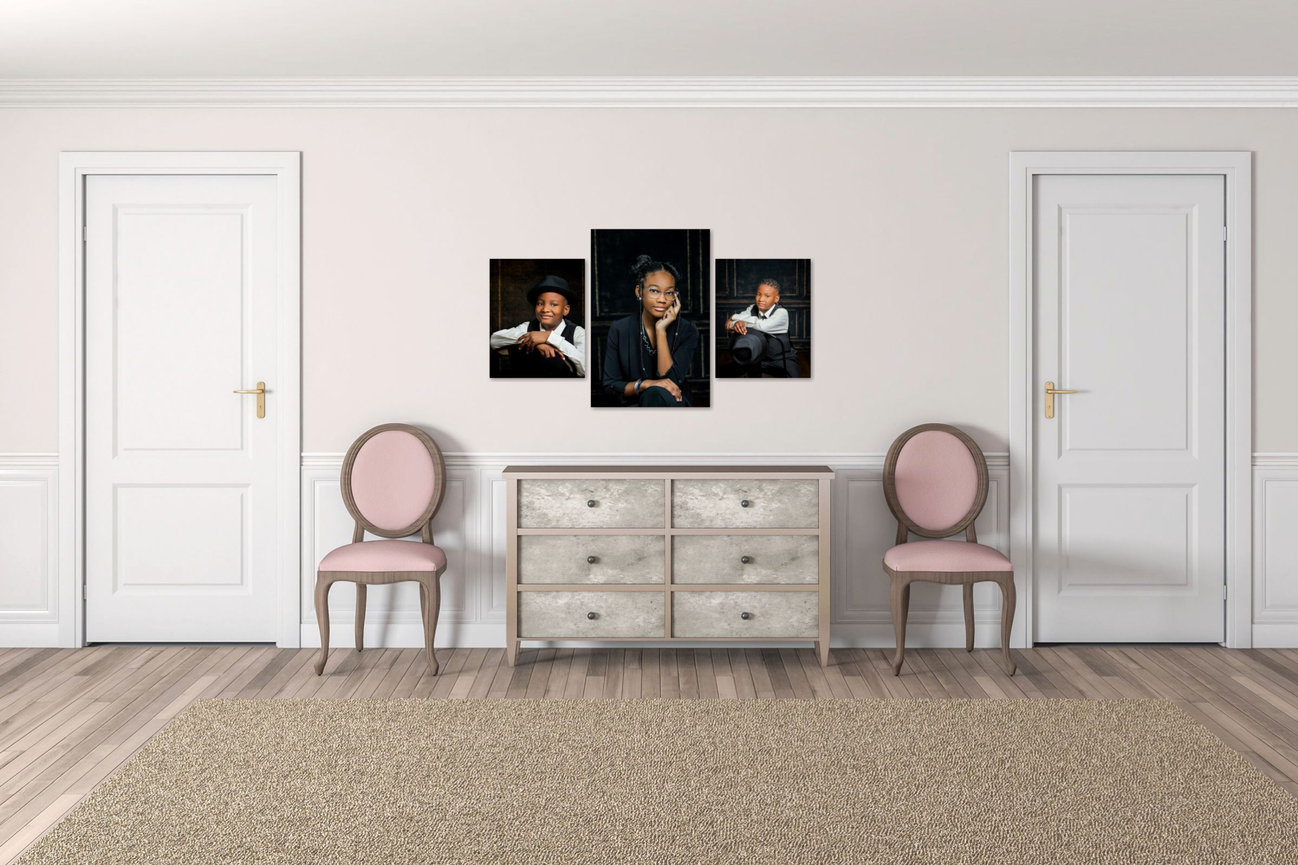What is ISO or Film Speed?
When I first started in the photography industry, the only option for photographing was using film. The film came in 12, 24 or 36 exposures and had different "speeds". 100 or 400 were the most common. A photographer would use 100 for outdoor, sunny locations, and 400 if he or she needed more light; in other words, indoors.
Film Speed is "the measure of a photographic film's sensitivity to light". So, if you had a film speed of 400, your film was more sensitive to light and would allow for better images in low light. Being more sensitive means it reacts "better" and allows more light in, in a sense. A film speed of 100 would be perfect for outdoor photography because there is already a lot of available light and you would not need a film that was "more" sensitive.
ISO
Film Speed became ISO with digital cameras and operates the same. The ISO settings and numbers on your camera are just like the ones for film speed. Although, some digital cameras have much higher ISO's than any film I ever had! ISO is part of the Exposure Triangle that includes Shutter Speed and Aperture and in order to create a good exposed image, you need all three to work together well. If you change one, you most likely will have to change at least one of the other ones, if not both. ISO is "the measure of the camera's sensor sensitivity to the light".
What do the numbers mean?
When you begin looking at your camera's ISO setting, you'll notice it is measured by numbers along the ISO scale, starting typically at ISO 100 and doubling from this point to the limit of your camera's capabilities: 100, 200, 400, 800, 1600, etc. Just like with film speed, the lower the number, the less sensitive to the available light. The higher the number, the more sensitive.
So, if you are indoors in very low light, set your ISO to a very high number. And, slow your shutter speed. Remember, the shutter speed is how fast the shutter opens and closes and how much light it will allow to hit the sensor. So, if you have a slow shutter speed such as 100, more light will enter because the shutter is open longer.
I recently photographed a wedding in a beautiful church but under very dim lights. I had to increase my ISO to 3200, have my shutter at 100 and set my aperture at f/2.8 (which is a very large opening) in order to let more light into the camera to create a good exposure.
What if you need a faster shutter speed?
If you read our last blog post, you know that having a faster shutter speed is important to capture motion. Since the shutter opens and closes fast, you can freeze motion. But, what if you do not have a lot of light and still need that fast shutter speed? If we take my wedding photography example from above, if I needed to capture motion, I would have had to up my shutter speed to at least 400. Which means, less light coming onto the sensor. So, how can I adjust and make a correct exposure then? Increase the ISO. I would have had to increase it even more.
The rule of thumb in photography is that each time you double the ISO (from say 100 to 200 or 200 to 400), the camera is letting in half as much light for the same exposure, so you need to adjust your shutter speed to allow more light to come in.
What are the downsides with a high ISO?
The obvious part is that the sensor will be more sensitive to the light, but the downside is that your images will be more "noisy". Back in the film days we called this grain. The higher the ISO, the more grainy your image will be. It will look like minuscule dots on your image, which usually are seen when viewed very close up, or on a print. The upside is there are several ways to alleviate it in post production editing software. Your image will not be as sharp as it could be, but it will still be a usable image.
Iso and Shutter Speed
So, as you can see, ISO and Shutter Speed work together to create a correctly exposed image. When you change one you need to change the other, or change the aperture, or all three. The higher the ISO number, the more sensitive your camera's sensor will be, so use a higher number in lower available light. Remember, then, that you will need to change your Shutter Speed based on what you are photographing-motion or portraits, in order to compensate for more light.
If you are in a good available light situation such as outdoors on a sunny day, use a lower ISO since you do not need more light. Adjust your shutter speed for what you are photographing; usually a slower shutter speed works well for portraits, and a higher speed such as 400, works well for motion.
Once you become adept at creating a properly exposed image, you can then go on to break the rules and create more artistry in your images. It is a lot of fun!
Here are a few examples.
The image on the left was outside. It was overcast and later in the day. Still, a lot of light. My settings were-ISO 400, (overcast day!) and my shutter speed was 1/100. (needed just a bit more light) Slow enough to capture the portrait just fine and perfect to let in the right amount of light. My aperture was set at f/10, which is a smaller opening to let less light in.
The second image was taken in a very dark barn. Hardly any light. Fortunately, the videographer had a spotlight on the bride, so she was lit well, but the rest of the barn was very dark. So, I had to up my ISO to 2500 and set my shutter speed at f/100. I did not want to go any lower on the shutter speed as I did not have a tripod. My aperture was at f/3.5, which is wide open to let in a lot of light. My dilemma, though, was the great contrast of dark and light. The bride's gown was very light, and the back of the barn was very dark. If I had different settings to create more light in the back of the barn, her dress would be VERY over exposed. So, I went somewhere in the middle with my settings and fixed a few things in photoshop.
In the second example, I did not use a fast shutter speed because I needed A LOT of light, so the bridal bouquet is not frozen-it is blurry. Do you see that blur above the ladies waiting to catch it? If I had used a fast shutter speed of 800 I would have definitely frozen the bouquet, but I would have sacrificed the quality of the image due to having so much grain. So, I chose to blur the bouquet instead and have a better overall quality image.








Leave a comment
0 Comments